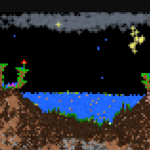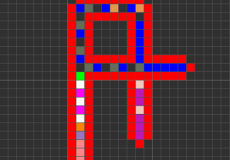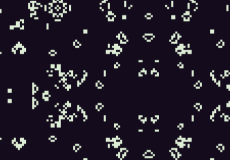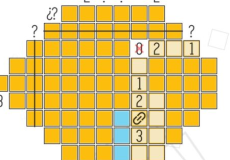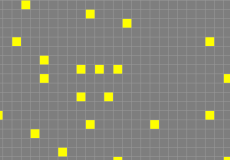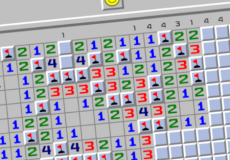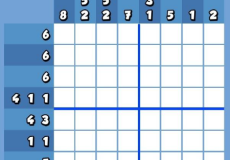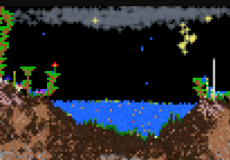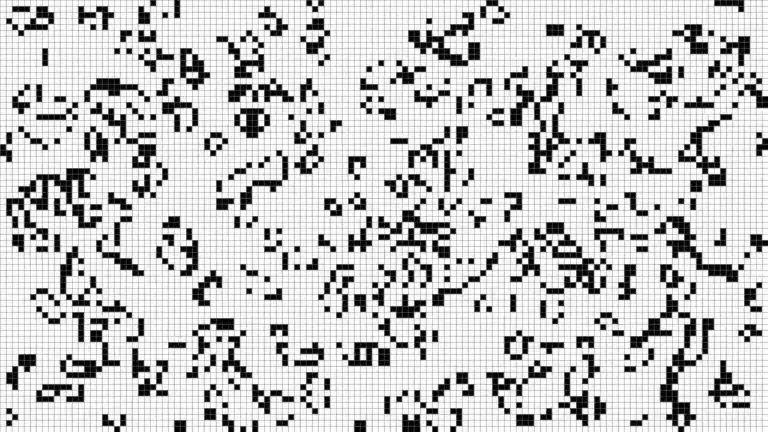

Conway’s Game of Life
Conway’s Game of Life is not a game in the traditional sense—there are no players, no score, and no final goal. Created in 1970 by mathematician John Horton Conway, it’s a simulation that plays itself according to a small set of rules. You start with a blank grid or a handful of cells turned “on,” and from there, a process begins. With each step or “generation,” cells live, die, or emerge based on simple neighbor-counting logic. And yet, from this simplicity, strange and intricate patterns begin to form.
Similiar games
Conway’s Game of Life is not a game in the traditional sense—there are no players, no score, and no final goal. Created in 1970 by mathematician John Horton Conway, it’s a simulation that plays itself according to a small set of rules. You start with a blank grid or a handful of cells turned “on,” and from there, a process begins. With each step or “generation,” cells live, die, or emerge based on simple neighbor-counting logic. And yet, from this simplicity, strange and intricate patterns begin to form.
From Order to Chaos and Back Again
At the heart of the simulation is a short rule set: live cells die if too lonely or too crowded, and dead cells are brought to life if they have exactly three live neighbors. On a static grid, these rules ripple outward like logic pulses. Some groups of cells vanish almost instantly. Others stabilize, flicker endlessly, or start to move—creating shapes known as gliders, oscillators, and even “guns” that fire other shapes across the grid. With no manual input, structures evolve, interact, or collapse in ways that seem almost deliberate.
Patterns That Behave Like Machines
The Game of Life isn’t just visual—it’s computational. With clever design, players have built structures that perform calculations or mimic memory storage. These constructs prove the system is Turing complete, capable of simulating any algorithm. This property makes it more than a curiosity; it’s a thought experiment about how complexity might arise from simplicity. In many ways, the Game of Life blurs the line between logic, code, and something that resembles organic process.
A Sandbox for Discovery
Though decades old, the Game of Life keeps inspiring developers, artists, and theorists. It has been reimagined in 3D, altered with new rules, and embedded in creative coding environments. For many programmers, it’s a first project. For others, it’s a tool for exploring how systems behave when left to evolve. There are even entire online databases cataloging known patterns—some discovered recently—offering a strange kind of digital ecology, shaped entirely by rules and initial inputs.
There’s no final boss or victory screen in Conway’s Game of Life. What makes it compelling is how unpredictable each setup can be. Even a single altered cell can turn a stable simulation into an endless loop—or bring it to a sudden stop. That unpredictability is part of the appeal. It’s a system where nothing is scripted, but everything happens for a reason. Over five decades later, people still explore its rules not to win, but to understand what makes complexity unfold—and to watch logic play itself out, one square at a time.
Discuss Conway’s Game of Life

